
Many business brands want to simplify their work, just like automation. In such cases, the Data Management Platform is the software that fulfills user requirements.
Data Management Platform
Data Management Platform, the name itself, defines it as a technology. Which helps collect and manage the data, especially in digital marketing. It splits the audience data into segments of unique insights. However, it helps to target individual users through online advertising campaigns.
We can mostly use artificial intelligence and big data to analyze the user’s data. On the other hand, marketers and publishers organize and monetize data. Hence, it uses DMP to make real-time bidding. Moreover, it is also licensed to sell platforms like DSPs.
What is DSP?
The advertisers who use the software are named the demand-side platform. It also involves purchasing search, video, and mobile ads, especially from a market where the publishers list the advertising.
Firstly, the agencies and advertisers buy ads using DSPs. Therefore, when the ad exchange takes place. As a result, real-time bidding for online advertising occurs.
Meanwhile, digital marketers can primarily manage ad bids and pricing for the data they deliver to target the audience.
DMP Vs. DSP
DMPs and DSPs play different roles in the same digital ad marketing. However, data collection, segmentation, and activation are done using DMPs. Secondly, the DSPs are responsible for buying the media.
DSPs:
Collection and usage of data:
Meanwhile, the functionality of collecting data is included along with media buying. They also collect data on the audience and performance of the ad campaigns. It uses valuable first-party data, and they have limited data collection.
In the same way, to improve it. Connect the third-party data management platforms and data suppliers to DSPs. Perhaps, this helps in enhancing the audience reach and audience target.
Connecting with other platforms:
DSPs connect with multiple platforms. Indeed, where media buying, ad exchanges, data suppliers, SSPs, and selling occur. The DSPs are most beneficial for those willing to buy the media.
Use cases:
The automation and optimization of media purchasing are possible only through DSPs. Hence, the DSPs won’t involve activities other than optimizing, reporting, and buying media.
DMPs:
Collection and usage of data:
The critical role of DMPs is the collection of data. Most marketers and advertisers are making use of DMPs.
Connecting with other platforms:
The DMPs benefit the companies in selling and buying media; hence, they can be termed neutral platforms.
By connecting different DSPs to DMPs, advertisers can improve the performance of media campaigns. Enrich the audience segments using DMPs and then increase the inventory cost.
Many platforms, like media agencies, DSPs, networks, SSPs, publishers, trade desks, etc., use DMPs.
Use Cases:
DMPs are primarily used in marketing and advertising activities. Organizations are involved when collecting and activating data, and DMPs add value.
The DMPs are used to enhance the media campaign.
What is a Hybrid DMP or DSP?
Most of the vendors are suggesting standalone DMPs and DSPs. Many are stepping in to offer Hybrid DMPs and DSPs.
A hybrid DMP-DSP is where the DMP can buy media. Which have data management skills termed DSPs?
The Hybrid DMPs and DSPs are the best for brands, agencies, and advertisers. Especially to have both functionalities on one platform than using two different media.
The advertisers should consider the pros and cons of using hybrid DMPs and DSPs.
It is setting goals and understanding the features necessary before picking the hybrid DSP-DMP or standalone DSP-DMP. And then choose the one that adds value.
What does DSP stand for in advertising?
The DSP is handling the auction-based bidding. Also, online media advertising can be purchased as a service in advertising. It makes all these on behalf of another company.
As we already discussed that DSPs are neutral. As a result, they are enabling clients to access multiple ad networks at once.
Most of the giant ad networks like Google and Yahoo launch DSPs on their own.
You provide all the information, like the banner ads, the required target audience, and the budget in DSPs.
Then, DSPs find opportunities for advertising on multiple ad networks. Depending on your budget, it starts purchasing advertising spaces for you.
How do DMPS and DSPs work together?
What do you do when your DSPs are not working effectively? DSP alone is not enough to launch a highly successful mobile ad campaign. It needs to integrate other software like DMPs to do its best.
You are behind the competition if you are not yet integrating the Data Management Platform into your mobile ad campaigns. Moreover, many brands are in the use of integrating DMPs with DSPs.
In the same way, the combination of DSPs and DMPs helps to gain significant missed opportunities, primarily by reaching the targeted mobile audience.
Top 10 Data Management Platforms
Google Audience Center:
The collection of data from ads, social, email, CRM, and analytics is offered through the use of the Google Audience Center 360 data management platform. For example, this platform allows advertisers to reach the targeted audience by launching active ad campaigns.
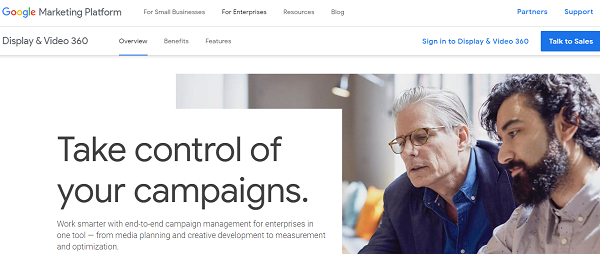
SAS:
It supports flexible query language, accessibility of transparent data, data optimization, metadata integration, and a wide range of performance.
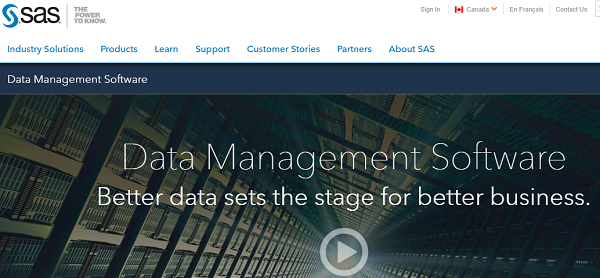
Salesforce:
It offers many advanced tools for analytics, sales orders, data management, process tracking, and reporting. Moreover, it is easy to use and has an excellent interface.
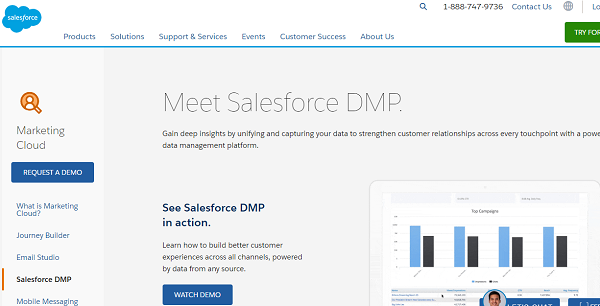
Lotame:
Using Lotame, variable ad campaign segmentation can be carried out. Importantly, brands can build strong relationships with their customers. The data exchange in the industry takes place in a trusted way.
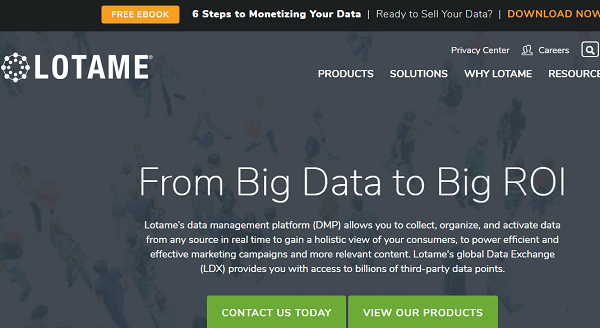
Nielsen:
Each tab in this platform will let the clients find its goal. Similarly, the brand can easily understand audience insights through information boxes.
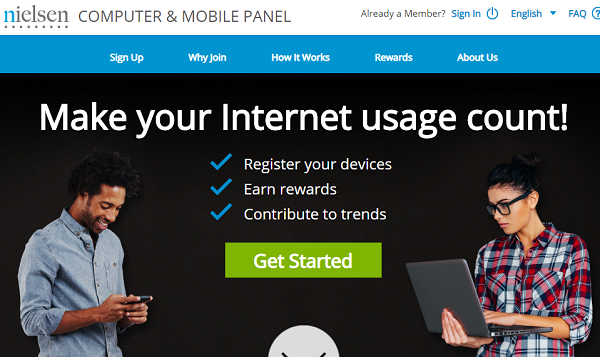
Datalogix:
Consequently, Datalogix uses data science that helps business brands engage their buyers over media by collecting buyer insights, measurements, and targets. This is the platform where it is connecting marketing to sales.
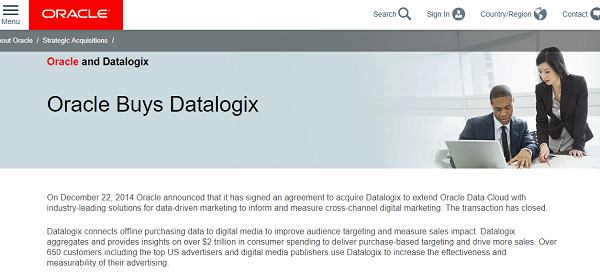
Adobe Audience Manager:
It helps the brands focus on marketing efforts to build a secure customer connection. The clients can also merely integrate it into digital platforms, and they can optimize the data depending on customer behavior.

Mapp Digital:
This platform can manage the campaign, strategy consulting, and email deliverability.
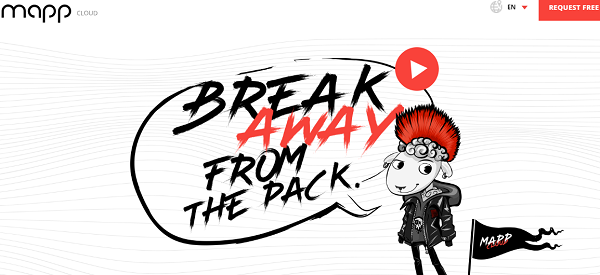
Dataxu:
Here, marketers can make use of data to improve the performance of advertising. The brands can connect with the audience through all channels on TV. After that, it helps to capture the audience’s attention from the most engaging media.
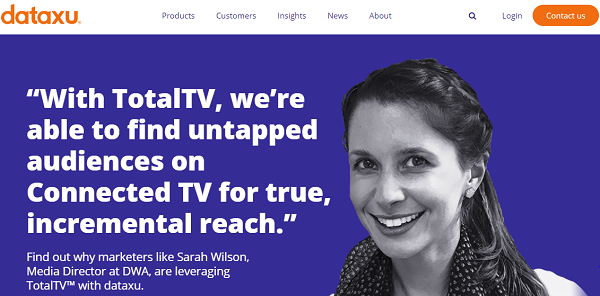
Oracle Data Cloud:
The advertisers can connect with real customers by coping with Oracle Data Cloud. It also helps in personalizing each interaction and in measuring the effectiveness of advertising finally.
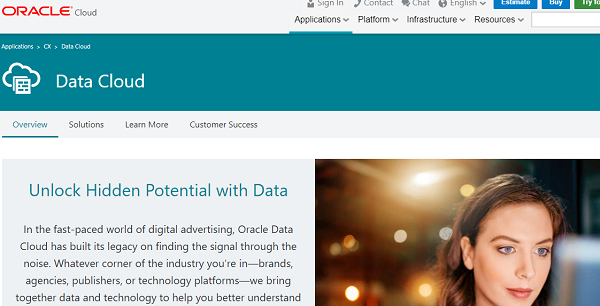
Conclusion
Advertisers and marketers should use the software Data Management Platform and the Demand Side Platform to overcome the competition in digital marketing.
Call: +91 9848321284
Email: connect@kiranvoleti.com




